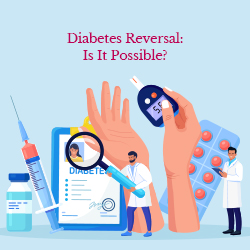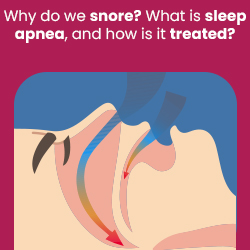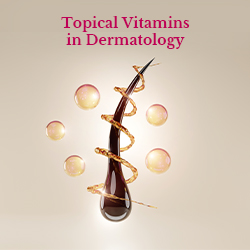Dr. Chetan Dev, Consultant General Medicine & Endocrinology
In a world where diabetes affects millions of lives, the pursuit of a solution to reverse this condition has become a burning question for many.
People are fed up with regular medications, strict diets, and relentless exercise routines. The idea of diabetes reversal programs offers a ray of hope for those seeking alternatives. However, the reality is more complex than a simple equation of diet and exercise leading to a diabetes-free life. In this blog post, we will explore the possibilities and limitations of diabetes reversal, shedding light on the intricacies involved in achieving a return to normal blood sugar levels.
The Illusion of Diabetes Reversal:
It’s a common misconception that bringing blood sugar levels back to normal through diet and exercise equates to a cure for diabetes. While these lifestyle changes can certainly help manage the condition, they do not eliminate the fundamental problem. Diabetes, in essence, involves a dysfunction in the body’s ability to produce or respond to insulin, a hormone crucial for regulating blood sugar.
Understanding the Diagnosis:
When diagnosed with diabetes, individuals often find themselves in a challenging situation. The diagnosis itself is a stark realization that approximately 90 percent of the beta cells responsible for insulin production in the pancreas may already be compromised. This damage is a significant hurdle in the quest for reversal.
Genetic Predisposition:
Genetic factors play a crucial role in diabetes. Even with successful lifestyle modifications, the underlying genetic risk factors that predispose individuals to diabetes may still persist. This means that while one can manage and control the condition through diet and exercise, the genetic predisposition remains, making complete reversal a challenging feat.
The Return of Diabetes:
Diabetes is a chronic condition, and the return of elevated blood sugar levels is a common occurrence when one strays from a disciplined diet and exercise routine. The idea that diabetes can be stopped with these measures is true only to a certain extent. It’s crucial to recognize that complete cessation of these efforts often leads to a resurgence of diabetes.
Remission vs. Cure:
While the term “diabetes reversal” is frequently used, it’s essential to differentiate between remission and a cure. Achieving remission implies a successful control of diabetes through lifestyle changes, medication, or a combination of both. However, it does not signify a permanent cure or reversal of the underlying factors causing diabetes.
The Role of Beta Cells:
The pancreas contains beta cells responsible for producing insulin. In cases of diabetes, a significant number of these cells may be lost. Regenerating or restoring these beta cells is a challenging task, and their destruction poses a formidable obstacle to achieving complete diabetes reversal.
Hope Amidst Challenges:
Despite the complexities surrounding diabetes reversal, there is hope. Ongoing research in the field of regenerative medicine and advanced therapies holds promise for finding ways to stimulate beta cell regeneration. Breakthroughs in genetic medicine may also offer innovative solutions to address the genetic predisposition that contributes to diabetes.
Conclusion:
In the quest for diabetes reversal, it’s essential to navigate through the illusions and understand the realities of this complex condition. While diet and exercise are crucial components in managing diabetes, a holistic approach involves acknowledging genetic predispositions, the loss of beta cells, and the challenges associated with achieving complete reversal.
As we move forward, a combination of cutting-edge medical research, personalized treatment plans, and a continued commitment to a healthy lifestyle may pave the way for more effective solutions. While diabetes reversal might be elusive at present, the journey towards understanding and managing this condition offers hope for a future where the word “diabetes” no longer carries the weight it does today.




